SCS Blog Search
| Title | |
|---|---|
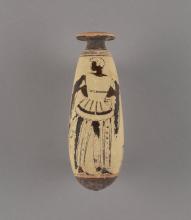
|
Blog: Call It What It Is: Racism and Ancient EnslavementJaval Coleman | |
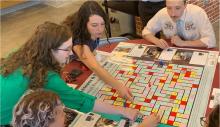
|
Blog: Immersivity and (Other) “Fantasies of Antiquity”Benjamin Stevens | |

|
Blog: Whose Aeneid? Imperialism, Fascism, and the Politics of ReceptionSamAgbamu | |

|
Blog: Dissertation Spotlight: Language and Difference in HerodotusEdward Nolan | |
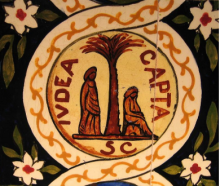
|
Blog: Dissertation spotlight: A Tale of Four Cities: Exploring Classical Reception in Modern HebrewGiacomo Loi | |
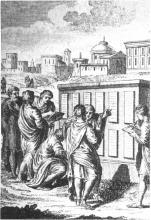
|
Blog: Updates to the SCS Blog guidelinesT. H. M. Gellar-Goad | |
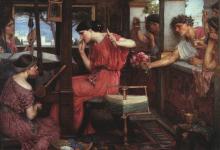
|
Blog: Weaving Humanity Together: How Weaving Reveals Human Unity in Ancient TimesAnika T. Prather | |
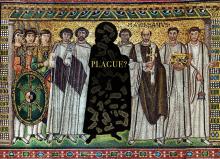
|
Blog: Why do we think ancient pandemics changed the world?Merle Eisenberg, Lee Mordechai | |

|
Blog: Ancient Worlds, Modern Communities: Ancient Worlds through Modern PodcastsNina Papathanasopoulou | |
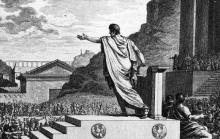
|
Blog: Impeachment and Republican RomeSerena Witzke | |
